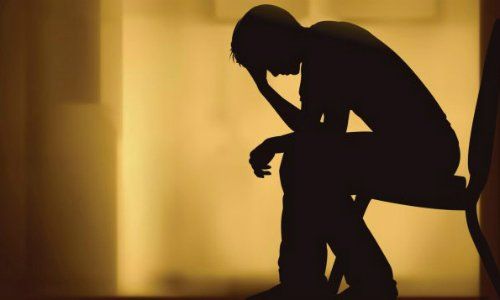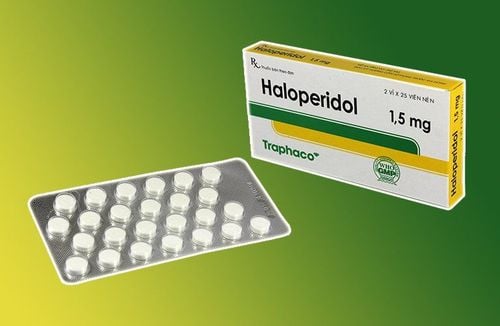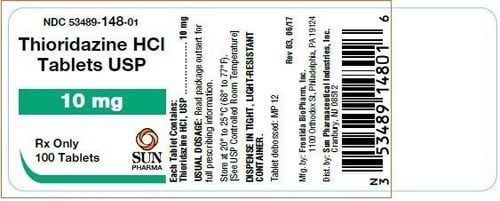This is an automatically translated article.
The article is professionally consulted by Master, Doctor Phan Ngoc Toan - Emergency Medicine Doctor - Emergency Department - Vinmec Danang International Hospital. The doctor has a lot of experience in the treatment of Resuscitation - Emergency.1. Overview
Disturbance of consciousness / Disturbance of consciousness, or impairment of consciousness, is a state in which consciousness is affected due to brain damage. Consciousness requires both wakefulness and awareness. Awakening is the ability to open eyes and have basic reflexes such as coughing, swallowing, and sucking/sucking Perception is associated with more complex thought processes and is more difficult to assess. Currently, cognitive assessment is based on physical responses detected during tests. There are many classifications, but the main disorders of consciousness are:Coma Vegetative state Minimal state of consciousness Some other conditions:
Locked-in syndrome Brain death (separate post)
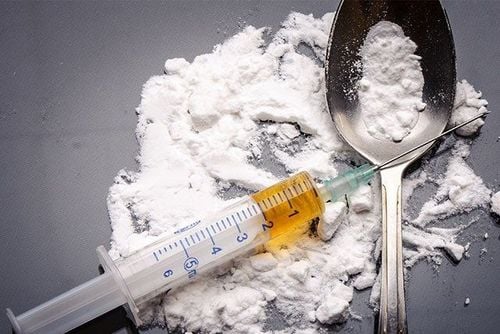
2. Coma
A state when a person shows no signs of being awake and shows no signs of recognition. A comatose person lies with their eyes closed and unresponsive to environment, voice, or painful stimuli. Coma usually lasts less than 2 - 4 weeks, during which time a person may wake up or go into a vegetative or minimally conscious state.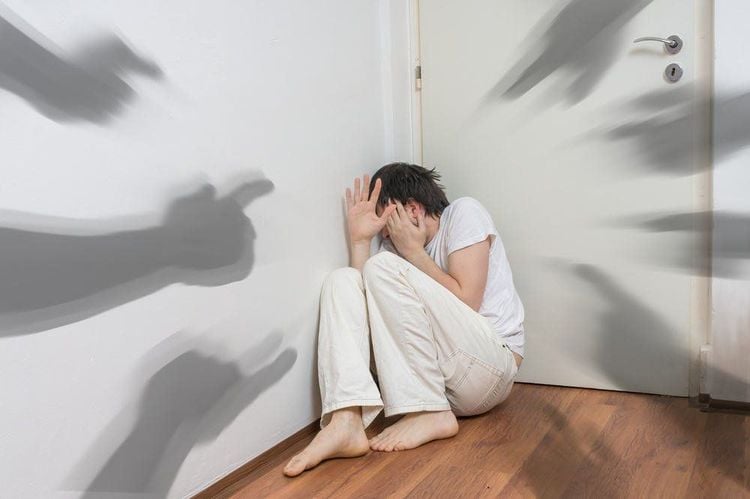
3. Vegetative state
A vegetative state is when a person is awake but has no signs of awarenessA person in a vegetative state can:
Open their eyes Wake up and fall asleep at regular intervals Have basic reflexes (eg. such as blinking when they're startled by loud noises or pulling their hands away when squeezed hard) They can also regulate their heart rate and breathing without assistance.
But a person in a vegetative state does not show any meaningful responses, such as following objects with their eyes or responding to voices. They also have no expression of emotions.
If a person is in a vegetative state for a long time, it can be considered as:
Continuous vegetative state if lasting more than 4 weeks Permanent vegetative state when more than 6 months if brain damage non-traumatic or more than 12 months if traumatic brain injury If a person is diagnosed as being in a permanent vegetative state, recovery is extremely unlikely but not impossible.

4. Minimal state of consciousness
A person who exhibits clear but minimal or inconsistent awareness is classified as minimally conscious. They may have periods when they can communicate or respond to requests, such as finger movements when asked. A person may enter a minimally conscious state after a coma or vegetative state. In some cases, the minimally conscious state is a stage on the road to recovery, but in other cases it is permanent.Like the vegetative state, the minimally conscious state continuously means it lasts more than 4 weeks.
But it's more difficult to diagnose a permanent minimal state of consciousness because it depends on things like:
The type of brain damage How severe the damage How severe the person reacts In most cases, The minimal state of consciousness is usually not considered permanent until it has lasted several years.
5. Why is consciousness disordered?
Disturbances of consciousness can occur if parts of the brain involved in consciousness are damaged.These types of brain injury can be divided into: Traumatic brain injury- the result of a serious head injury, such as trauma from a car accident or a fall from a great height... Injury non-traumatic brain: stroke, infection... Progressive brain damage: brain damage that is gradual over time (eg, due to Alzheimer's disease)
6. Locked-in syndrome
Usually due to pontine hemorrhage or infarction, it causes quadriplegia, disrupting and damaging the inferior cranial nerves and the centers that control the transverse vision. The patient had intact cognitive function and was awake, with eyes open and a normal sleep-wake cycle. They can hear and see. However, they cannot move the lower face, chew, swallow, speak, breathe through the mouth, move the limbs or glance sideways but can move the eyes vertically, the patient can open and close the eyes or blink some specific times to answer the question.7. Diagnosis
Disturbance of consciousness will only be confirmed after a full assessment has been made to determine the person's level of alertness and awareness. These examinations should be performed by someone with experience with disturbances of consciousness, although the views of other health care professionals and family members should also be considered. For some states of impaired consciousness, such as vegetative states and minimally conscious states, there are recommended criteria to help confirm the diagnosis.8. Treatment and care
Treatment does not guarantee recovery of impaired consciousness.Instead, supportive treatment is used to give the best chance of natural improvement.
This may involve:
Providing nutrition through a feeding tube (nasogastric tube) Ensuring the patient does not have pressure ulcers (incline, massage...) Prevention of stiffness Keep skin clean Bowel and bladder care (eg, bladder drainage) Keep teeth and mouth clean Provide opportunities for meaningful activity time – such as listening to music or watching television, watching pictures or hear family members talk.
9. Sensory stimulation
In some cases, a treatment called sensory stimulation may be used to try to increase responsiveness. This involves stimulating the primary senses, such as sight, hearing, and smell. This is usually done by a trained professional, but family members are often encouraged to participate.Some examples of sensory stimulation include:
Look - show photos of friends and family or a favorite movie Listen - say or play a favorite song Smell - put flowers in the room or spray water favorite flowers Tactile - clutching their hands or stroking their skin with different fabrics It's not entirely clear how effective the sensory stimulation is, but it's sometimes considered worthwhile.
10. Recovery
It is not possible to predict how likely someone with impaired consciousness will be to improve.It mainly depends on:
Type of brain damage Severity of damage Age Duration of illness Some people improve gradually, while others stay in a state of reduced consciousness for many years . Many people never regain consciousness. Only in isolated cases regain consciousness after several years. A small number of patients who wake up after this time often have severe disabilities due to brain damage.
Please dial HOTLINE for more information or register for an appointment HERE. Download MyVinmec app to make appointments faster and to manage your bookings easily.







